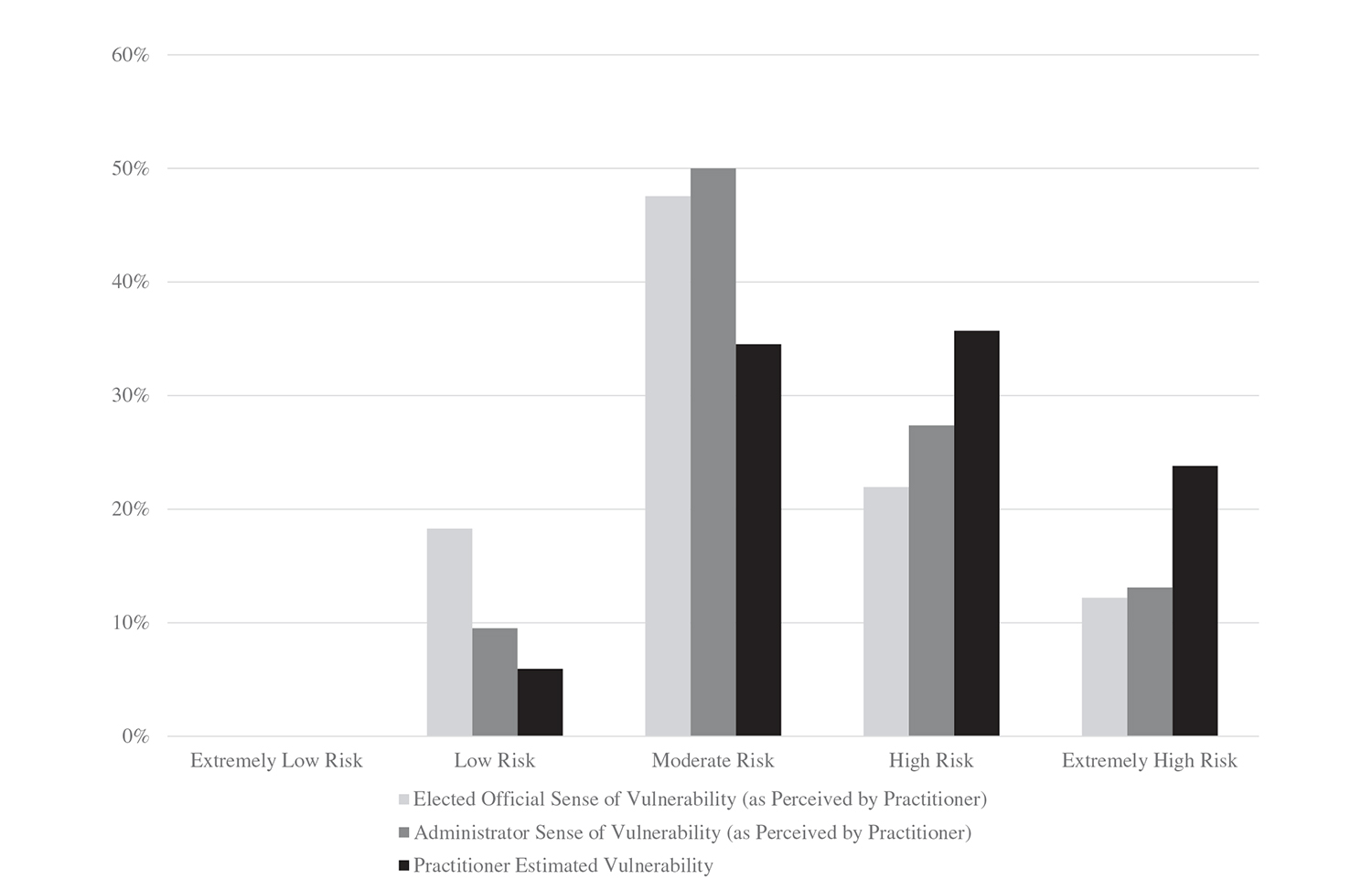Uncovering JAPA
Risk MAP Program's Impact on Hazard Mitigation Planning

Throughout the United States, various jurisdictions prepare Natural Hazard Mitigation Plans (NHMPs) to reduce the risk to people and property posed by multiple hazards such as wildfires, floods, landslides, and earthquakes. To support these communities, the Federal Emergency Management Agency (FEMA) created the Risk Mapping, Assessment, and Planning (Risk MAP) Program. Risk MAP aims to improve NHMPs and their implementation by enhancing the utilization of information through quality flood data, collaboration on interpretation and communication, and partnership building.
Impact of Risk MAP Program
However, relatively little is known about how enhanced information and collaboration spurred by the Risk MAP program improve hazard mitigation plans and implementation. In "The Effects of Enhanced Information Utilization in Collaborative Hazard Mitigation Planning" (Journal of the American Planning Association, Vol. 88, No. 4), authors Richard D. Margerum, Adam Zwickle, Josh Bruce, and Curtis Thomas examine the impacts of the Risk MAP program on plan effectiveness and collaboration by analyzing 18 NHMPs of nine jurisdictions in Oregon and interviewing hazard mitigation professionals.
To measure plan effectiveness, they hypothesized that NHMPs from jurisdictions that went through the Risk MAP program would reveal improvements in technical information, better integration with other plans and policies, and more specific actions.
However, the outcome was mixed. For instance, Risk MAP communities increased the quantity and resolution of maps between plan iterations, but the changes were inconsistent. Similarly, though enhanced data and mapping allowed Risk MAP communities to identify more regulatory action items, such as adopting flood zoning ordinances — driven more by political will than data.

Figure1. NHMP changes analysis
Risk MAP Collaboration and Challenges
The authors also employed qualitative methods such as surveys and interviews involving city and county staff to examine whether Risk MAP improved collaboration and communication. The result revealed that the higher quality data doesn't easily translate into actions because of significant funding and policy challenges. This suggests that optimism bias in risk perception — a belief that negative outcomes are less likely to happen than probability suggests — is in effect in the decision-making process.
Challenges with translation and interpretation also persisted. While there is an acute need for data to be repackaged to be accessible to elected officials and the public, practitioners indicated that they were not provided enough assistance in translating and interpreting the information.
Practitioners described NHMPs as requiring constant updating and ongoing integration with other plans. However, the Risk MAP program did not help prioritize action items that are important for developing a persuasive course of action.
Enhancing Data Utilization in Hazard Planning
Based on the analysis, the authors suggest several planning implications to increase data utilization in enhancing plan effectiveness and collaboration:
- Communicating risk and uncertainty: Improved quality of data doesn't necessarily translate to better risk communication. Risk data should be communicated to account for human perceptions of risk and uncertainty. Making data personal is critical to counteract the fact that most people have not directly experienced a hazardous event and are, therefore, less motivated to support strategies. An executive risk summary that makes clear the future costs of present inaction can also help overcome optimism bias.
- Data as inputs to a process: Data and information need to be viewed as inputs into a cyclical, collaborative process to facilitate the integration of NHMPs with other plans. Buy-in from different departments does not occur by providing them with a finished plan but by including stakeholders throughout the process.
- Challenge of collaborative plan implementation: NHMPs are required for FEMA funding, but this funding link can discourage integration because it isolates mitigation actions from related strategies. Hazard plans need to articulate how action items support other plans and actions. Achieving small wins can also be critical in building commitment and momentum, and it may be done by mapping the existing assets of participants and identifying high-impact, low-cost actions.
In summary, the findings suggest several strategies that planners can employ to improve plans and implementation in hazard mitigation: better package risk and uncertainty information, broaden collaboration on data analysis and interpretation, and refine strategies to engage different stakeholders involved in implementation. The research not only provides lessons for hazard mitigation professionals but also for planners in various fields that involve information and multiparty collaborations.
Top image: (iStock/Getty Images Plus - drial7m1) The 2017 Emerson wildfire burning near Highway 97.


